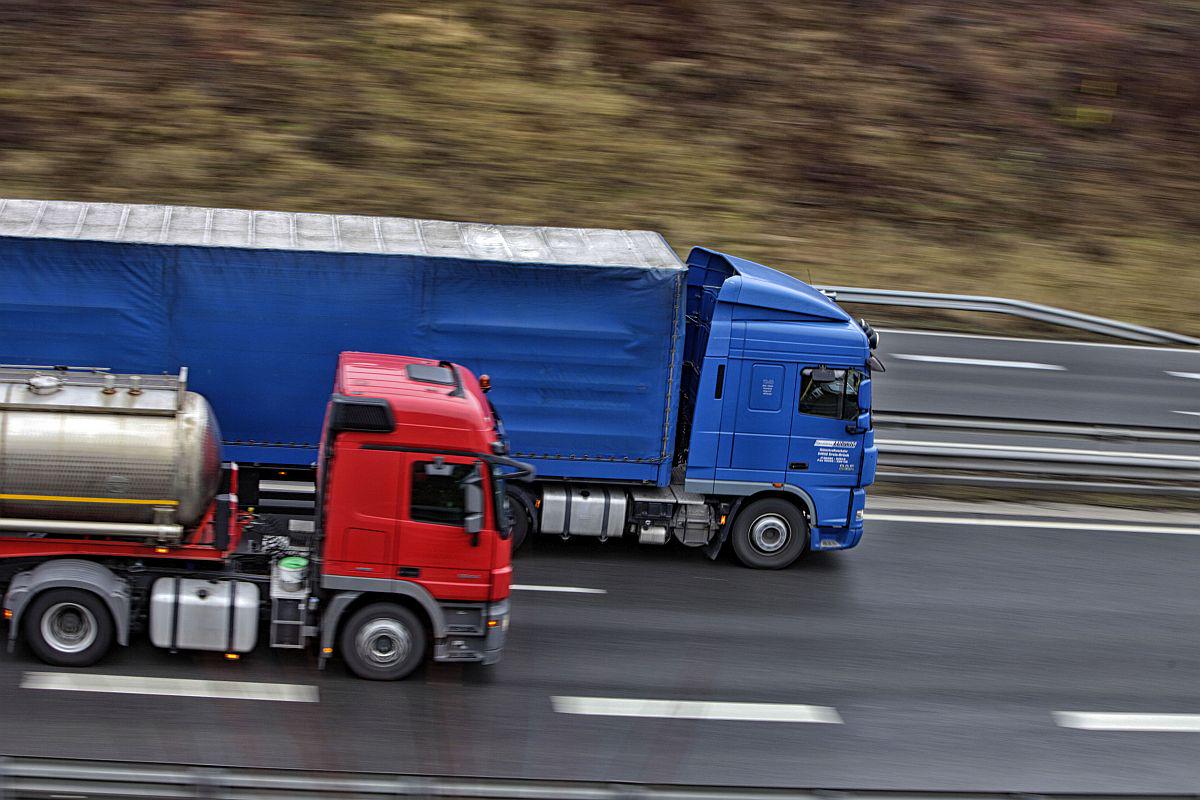
The Ljubljana beltway and some sections leading from Ljubljana towards Postojna, Domžale and Grosuplje accommodate even 70 thousand vehicles per day or even more, which would require a six-lane highway.
This year two initiatives have already been addressed to the government by the National Council suggesting widening of the highways before 2030. Our state holds the record in Europe as far as the share of the foreign trucks is concerned; they represent 90% of the freight transport, so the question is whose problems would be solved in this manner, claims Stevo Ščavničar, a member of the National Council: "I believe the problem should be transferred to the European level; Europe should be told that we are willing to cooperate, but that we expect that if the problem is theirs, they should participate in resolving it."
Another member of the National Council, Zoran Božič, agrees that we shouldn't be too modest: "Recently we were given the data that 200 or 250 million were allocated for our project for the second railway track, while the Italians received 600 million euros from the European Investment Bank for the third railway track from Portogruaro to Palmanova."
Trucks are too wide for the shoulder
What are the possible solutions? A short time solution would be to allow driving on the shoulder, but Božič warns there would be problems: "The shoulders of our highways are 2.5 metre wide, while the trucks are 2.6 or even 2.8 metres wide, which makes the shoulder unsuitable for that purpose." The trucks are also too heavy for the shoulder, and extensive construction work would be needed, e.g. terrain consolidation and construction of the SOS niches.
The removal of toll stations will facilitate the traffic, as well as the modification of the traffic regime for certain sections of the Ljubljana beltway. The first six lane highway is planned for the section between Koseze and Kozarje, which should begin in 2020. The expansion of the entire beltway and the highways connected with is the next step; the basis for changes in the national spatial plan should be ready next year.

































































